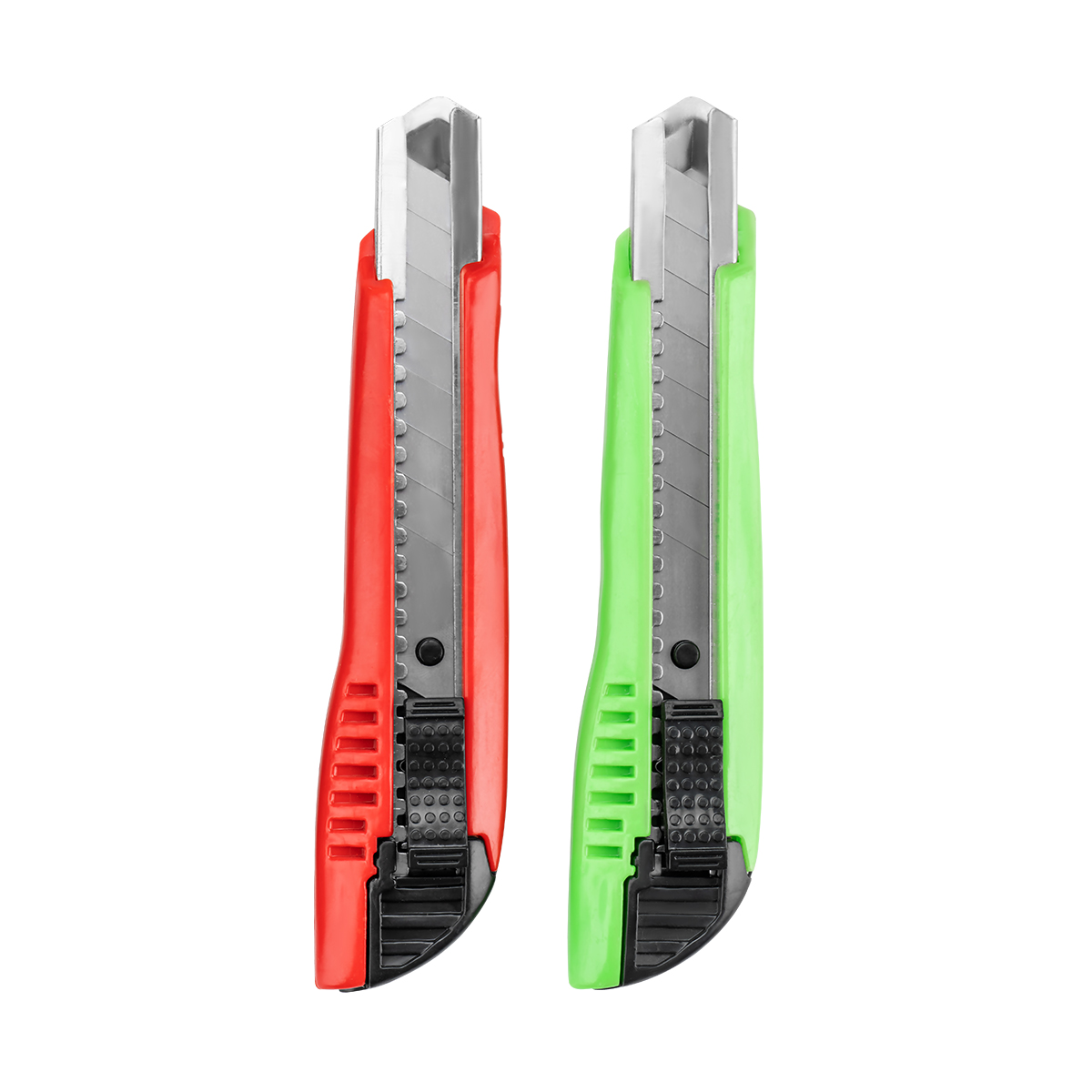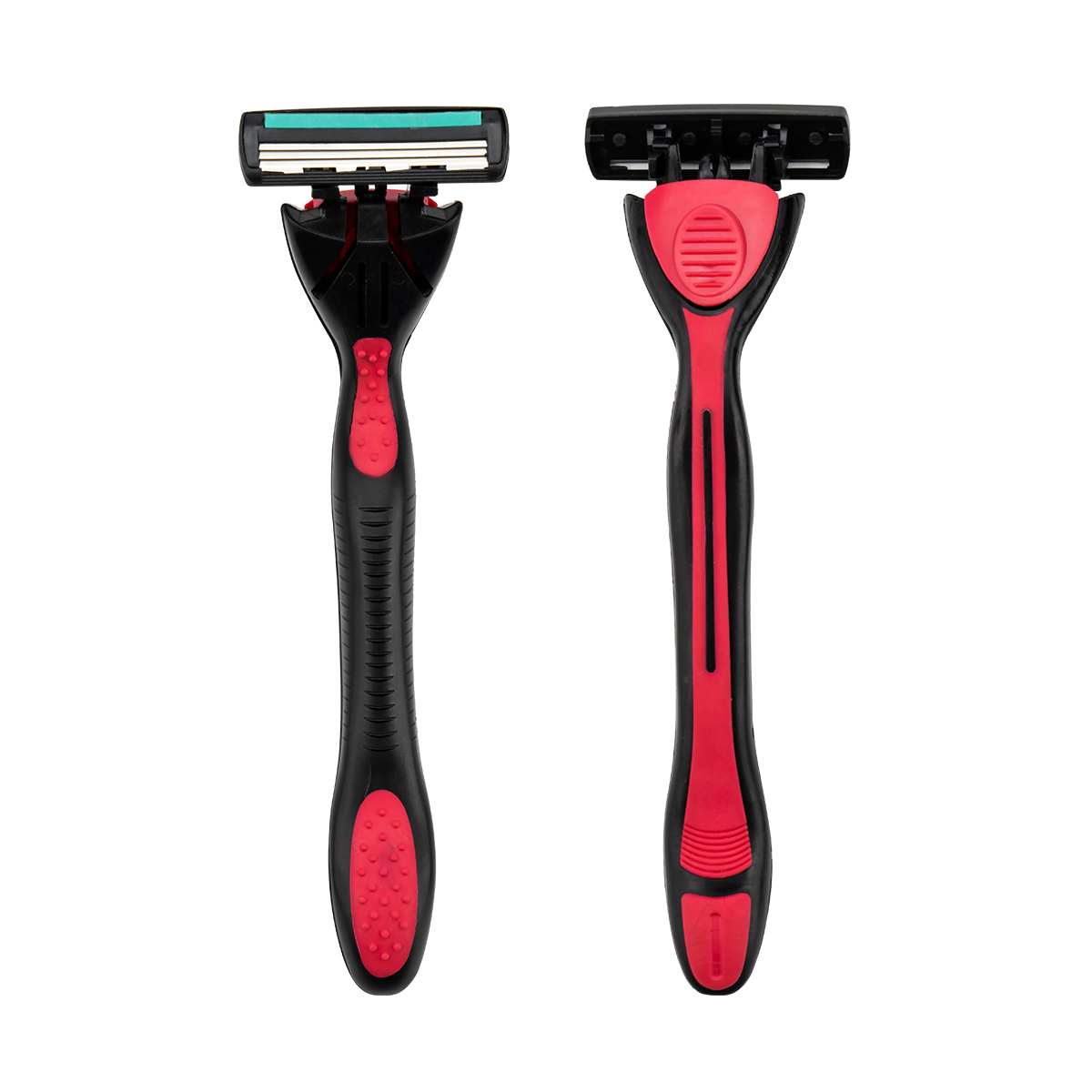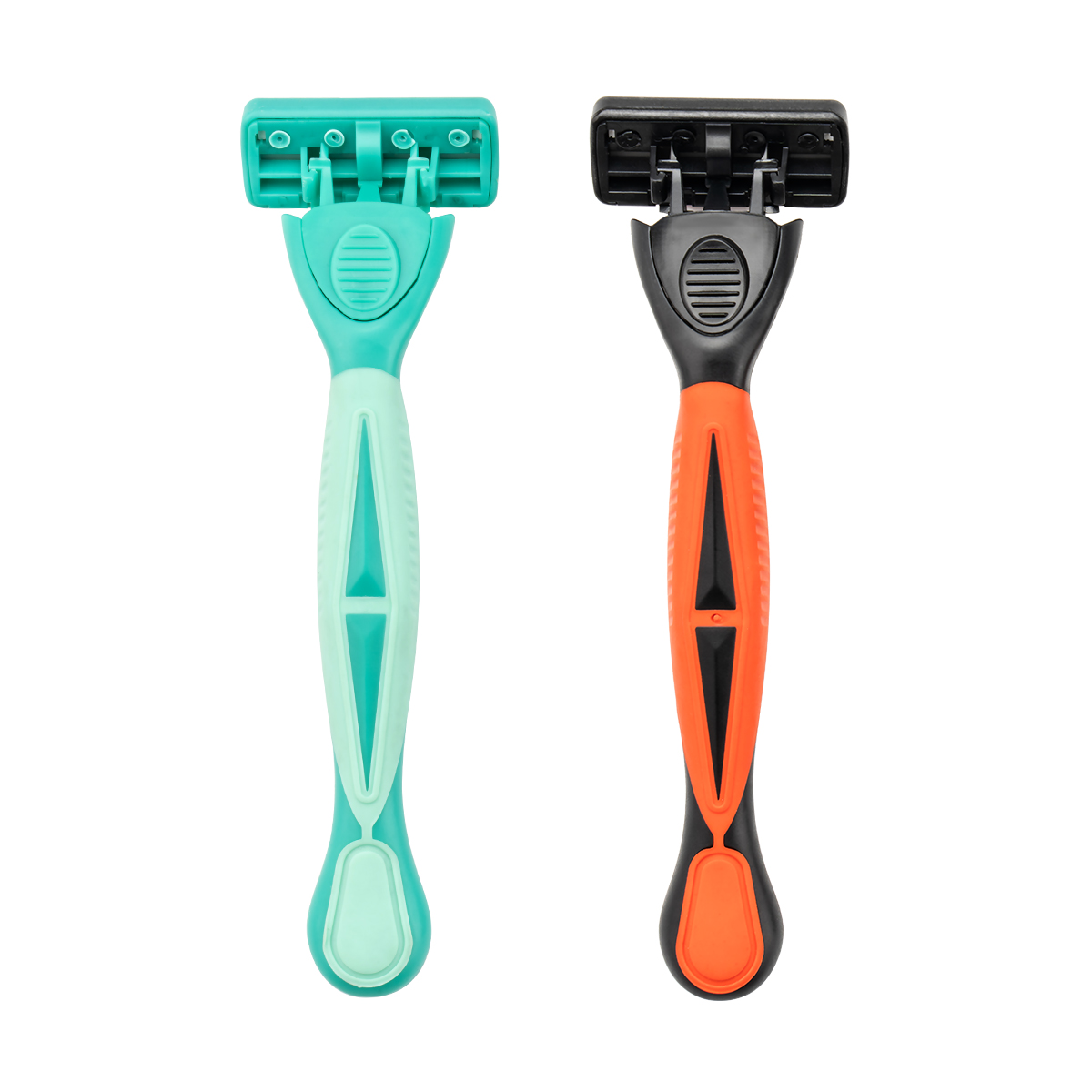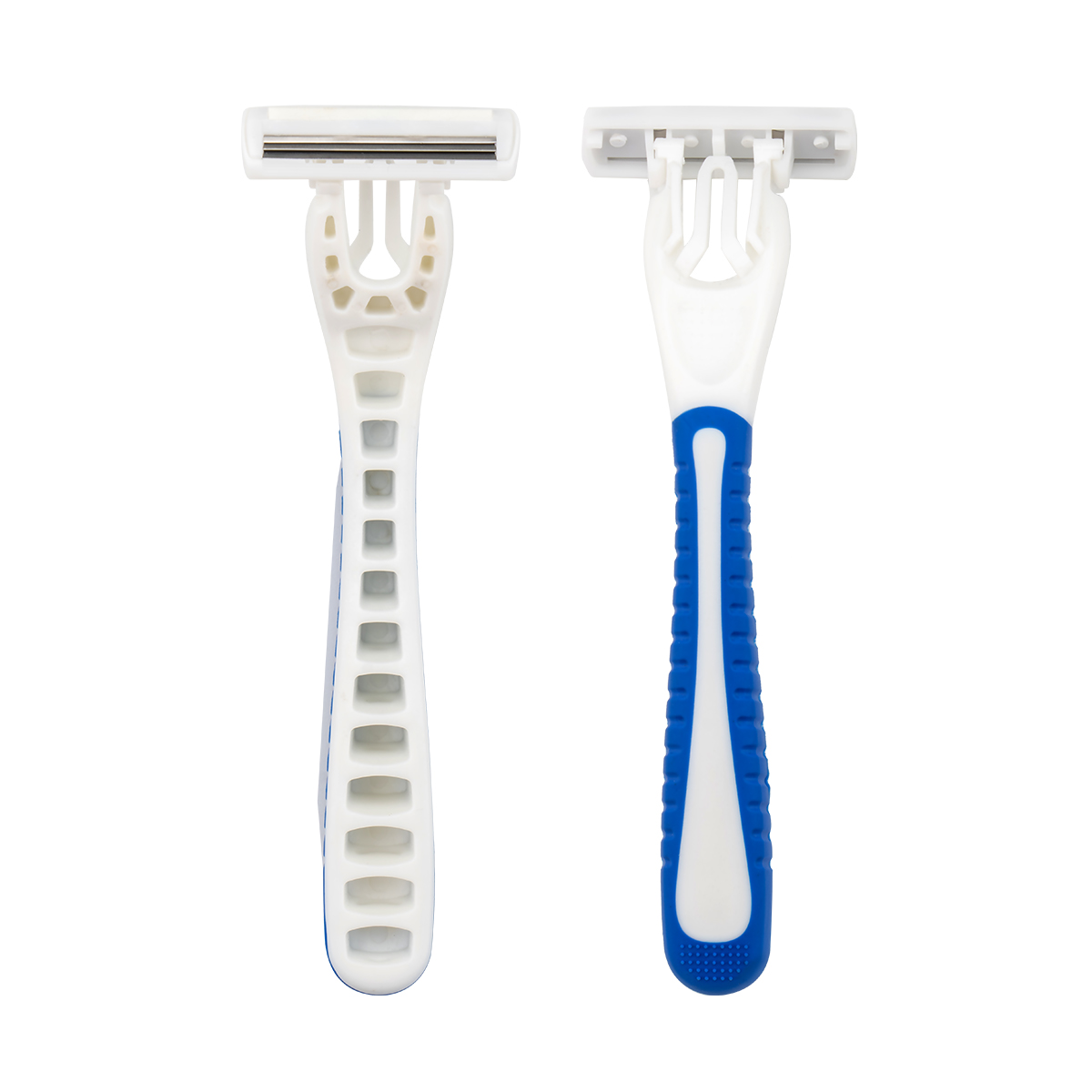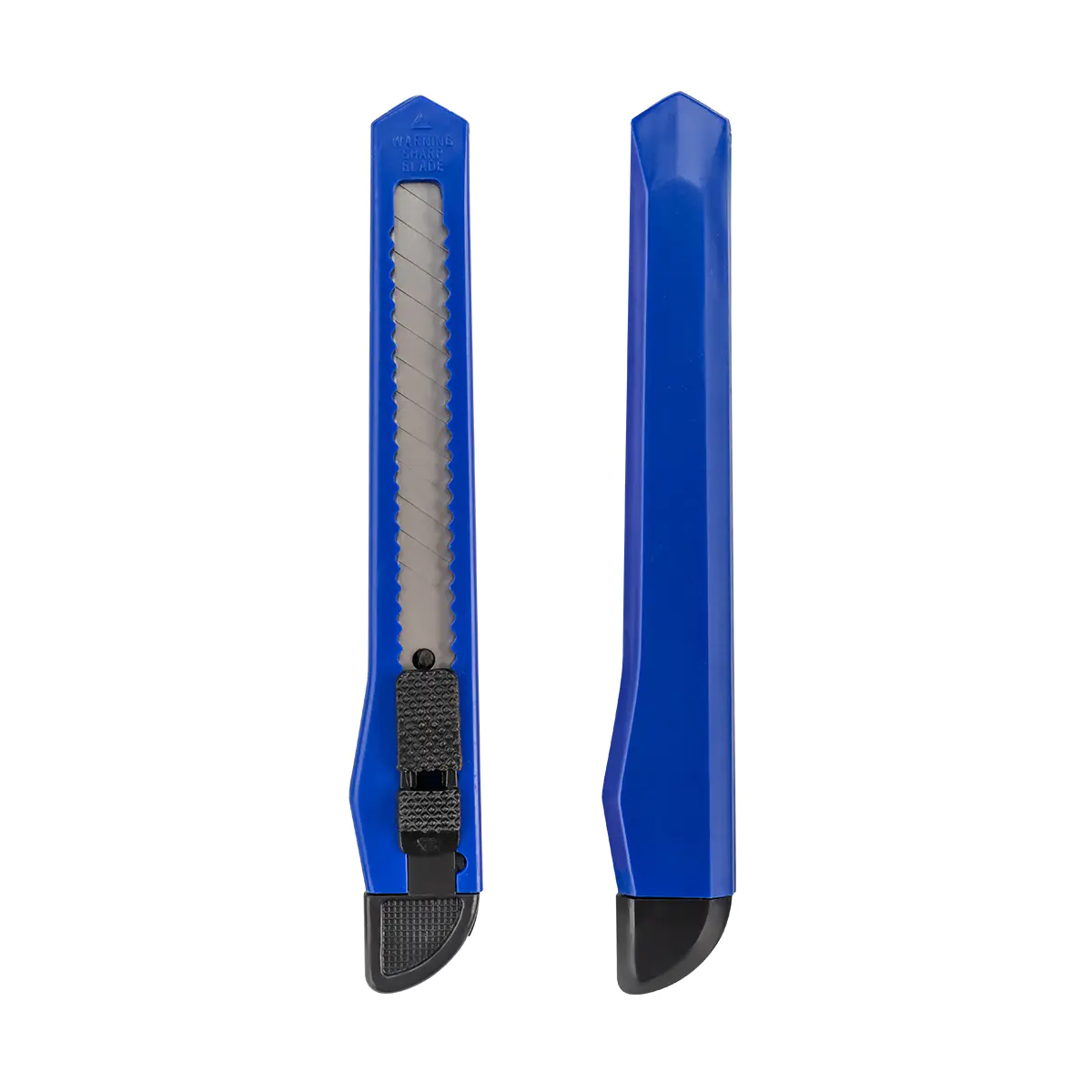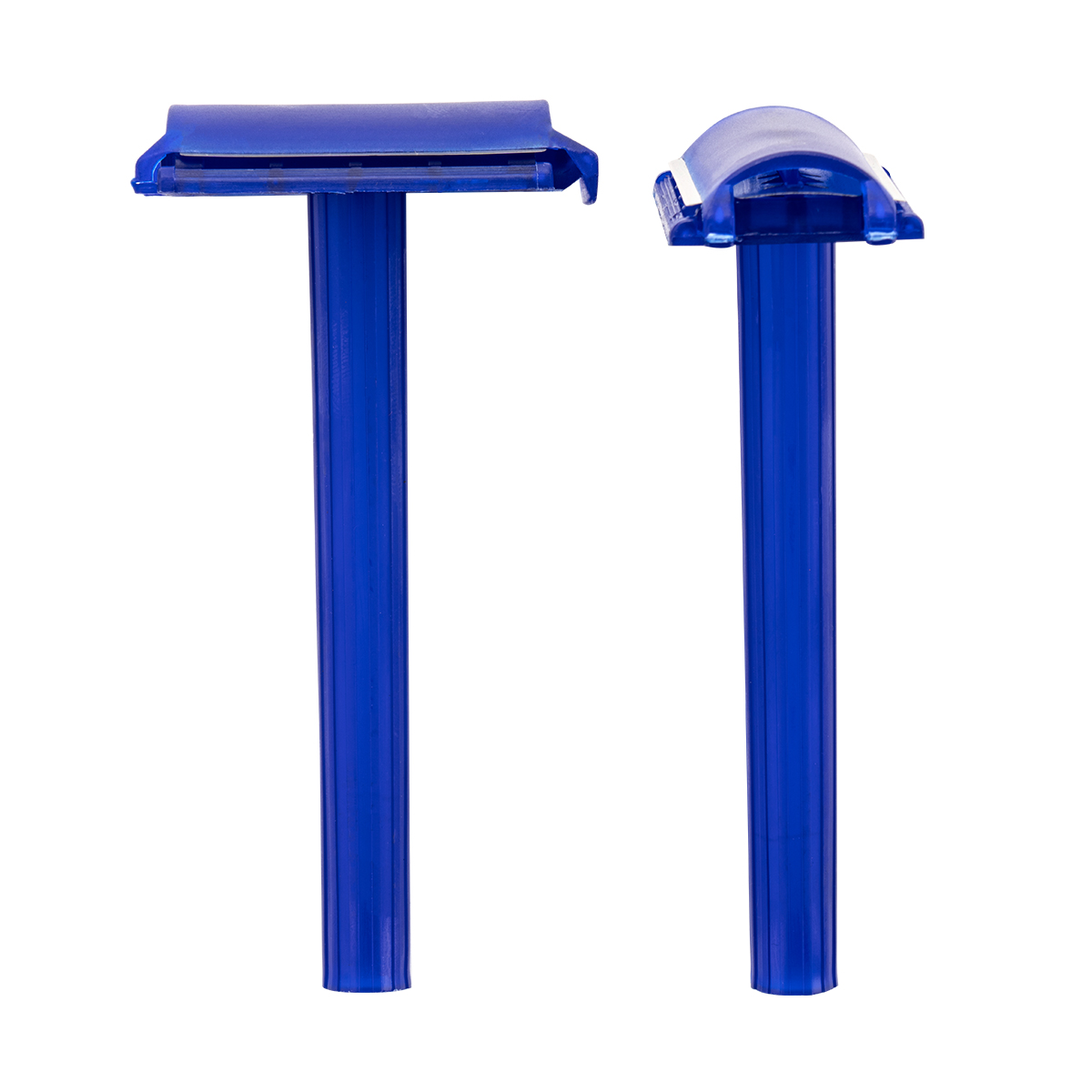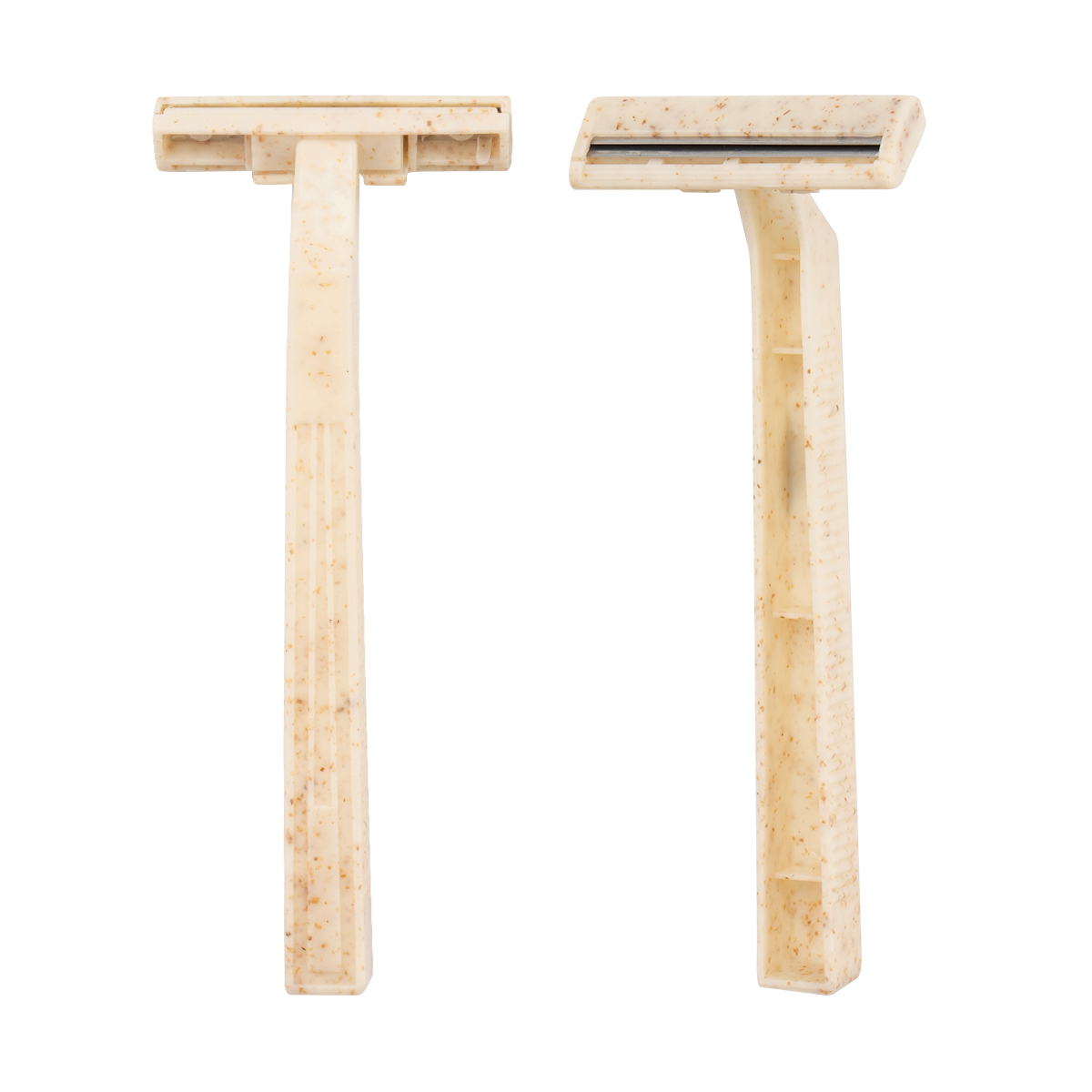We are an industry and trade enterprise
specializing in the production of disposable razors and utility knives for more than 30 years.
Razor News
Trimmer vs. Shaver vs. Razor: Which Hair Removal Method is Right for You
Content
Hair removal is a common grooming practice for many people, with a wide variety of tools available to achieve different results. From maintaining a tidy beard to achieving a silky-smooth finish, the choice of tool—be it a trimmer, a shaver, or a razor—can significantly impact the outcome.
This article aims to demystify these popular grooming tools by providing a comprehensive comparison of trimmers, shavers, and razors. We'll break down the unique features, benefits, and drawbacks of each to help you determine which hair removal method is the perfect fit for your specific needs and preferences.
What is a Trimmer?
A trimmer is an electric grooming tool designed to cut hair to a specific, short length without making direct contact with the skin. It uses two parallel blades, one stationary and one that moves rapidly back and forth, to snip the hair that passes between them. This design is what makes trimmers ideal for precision work and for those with sensitive skin.
Types of Trimmers
- Beard Trimmers: Specifically designed for facial hair, often with multiple length settings or guide combs to shape beards, goatees, and stubble.
- Body Groomers: Used for trimming hair on the chest, legs, and other parts of the body, often with guards designed to protect sensitive areas.
- Nose and Ear Trimmers: Small, compact trimmers with a circular or small blade head to safely remove hair from hard-to-reach areas.
- Hair Trimmers: A general term that can refer to any of the above, but often distinguished from hair clippers by their smaller size and ability to create sharper lines and details.
Benefits of using a trimmer
- Precision Trimming: Excellent for creating and maintaining sharp lines, edging, and sculpting facial hair or necklines.
- Versatility for Different Hair Lengths: Comes with various guards or adjustable settings, allowing you to choose your desired hair length, from a light stubble to a full beard.
- Suitable for Sensitive Skin: Because the blades don't touch the skin, trimmers minimize the risk of cuts, nicks, razor burn, and ingrown hairs.
- Dry Use: Can be used without water, shaving cream, or gel, making it a quick and convenient option for daily grooming.
Drawbacks of using a trimmer
- May Not Provide a Close Shave: The main drawback is that it leaves a layer of stubble. It's not designed to give a completely smooth, clean-shaven look.
- Can be Time-Consuming for Large Areas: While quick for touch-ups, using a trimmer to clear a large, dense area of hair can take longer than other methods.
- Requires Regular Cleaning: Hairs can build up in the blades, so they need to be cleaned and oiled regularly to maintain performance.
What is a Shaver?
A shaver, also known as an electric shaver or electric razor, is an electric device that cuts hair very close to the skin. Unlike trimmers, shavers are designed specifically to provide a smooth finish. They operate by trapping hair in small openings (either in a foil or between rotary blades) and cutting it with a moving blade underneath.
Types of Shavers
- Foil Shavers: These shavers use a thin, perforated metal screen (foil) that covers an oscillating blade. Hairs poke through the holes in the foil and are cut by the blade. They are excellent for straight, fine hair and for creating precise lines.
- Rotary Shavers: These shavers have three or more circular heads that each contain a set of spinning blades. They are designed to move with the contours of the face, making them effective for longer, coarser hair and for navigating tricky areas like the neck and jawline.
Benefits of using a shaver
- Closer Shave Compared to Trimmers: Shavers can get much closer to the skin than trimmers, providing a smooth finish.
- Faster than Using a Razor for Large Areas: For a quick, daily shave, electric shavers are often faster and more convenient than a traditional razor, as they don't require lathering up with cream.
- Good for Daily Maintenance: They are ideal for quick touch-ups and for keeping a consistently clean-shaven look.
- Reduced Risk of Cuts: While they can cause irritation, the risk of serious cuts or nicks is significantly lower than with a manual razor.
Drawbacks of using a shaver
- Can Cause Irritation for Sensitive Skin: The friction and close cutting can sometimes lead to skin redness or bumps, especially if not used correctly.
- May Not be as Precise as a Trimmer: While they excel at providing a smooth shave, shavers are less effective for detailed shaping, such as creating sharp lines on a beard.
- Requires Regular Cleaning and Maintenance: To function optimally, shavers must be cleaned regularly to remove hair and skin cells. Blades and foils may also need to be replaced periodically.
- Not as Close as a Razor: The shave is very close, but it is not a perfect as a wet shave with a razor.
What is a Razor?
A razor is a bladed tool used to cut hair directly at the skin's surface. Unlike trimmers and shavers that use a protective guard or foil, a razor's sharp blade makes direct contact with the skin, which is why it provides the closest possible shave.
Types of Razors
- Cartridge Razor: The most common type of razor today. It features a handle and a replaceable head (cartridge) that contains multiple blades, often with a lubricating strip. These are known for their convenience and ease of use.
- Safety Razor: A classic shaving tool that has a single, double-edged blade encased in a protective head. These razors require more technique but are praised for their close shave, cost-effectiveness (as the blades are very inexpensive), and reduced skin irritation.
- Straight Razor: A razor with a single, exposed blade that folds into a handle. This is the most traditional method of shaving and provides the ultimate close shave. However, it requires significant skill and practice to use safely and effectively.
Benefits of using a razor
- Closest Shave Possible: Razors provide a level of closeness that trimmers and shavers cannot match, resulting in a perfectly smooth, "baby soft" finish.
- Inexpensive and Readily Available: While the initial cost of a safety or straight razor can be higher, replacement blades are very cheap. Cartridge razors are inexpensive to purchase and are sold almost everywhere.
- Precision and Control: A razor allows for a high degree of control, making it excellent for shaping facial hair, creating sharp lines, and navigating difficult contours.
Drawbacks of using a razor
- Highest Risk of Cuts, Nicks, and Razor Burn: Due to the direct contact of the blade with the skin, there is a higher risk of injury, especially for new users.
- Requires Shaving Cream or Gel: To protect the skin and lubricate the shave, a razor must be used with a cream, gel, or soap.
- Can be Time-Consuming: The process of preparing the skin, lathering, and carefully shaving can take more time than with an electric tool.
- Prone to Clogging: Multi-blade cartridge razors can easily get clogged with hair and shaving cream, requiring frequent rinsing.
Trimmer vs. Shaver vs. Razor: Head-to-Head Comparison
To help you make the right choice, here is a direct comparison of trimmers, shavers, and razors across several key factors.
| Feature | Trimmer | Shaver | Razor |
|---|---|---|---|
| Closeness of Shave | Leaves a short layer of stubble. | Provides a very close shave, but not perfectly smooth. | Provides the closest possible shave, leaving skin perfectly smooth. |
| Ease of Use | Very easy and convenient for dry use. | Easy to use and often works for both wet and dry shaving. | Requires more technique, water, and shaving cream or gel. |
| Speed | Quick for touch-ups and styling. Can be slow for large areas. | Generally the fastest for a full shave. | Time-consuming due to the need for preparation and careful strokes. |
| Skin Sensitivity | Safest option, with a very low risk of nicks, cuts, or irritation. | Gentle on the skin, with reduced risk of cuts compared to a razor. | Highest risk of cuts, nicks, razor burn, and ingrown hairs. |
| Versatility | Excellent for styling, shaping, and maintaining different hair lengths. | Great for a quick, clean-shaven look. Limited in styling ability. | Best for a perfectly clean shave and creating sharp lines. |
| Cost | Moderate initial cost. Low ongoing costs. | High initial cost. Moderate ongoing costs for foil/blade replacement. | Low initial cost for most types. Recurring cost of blades and cream can add up. |
| Maintenance | Easy to clean. Occasional blade oiling and replacement. | Requires regular cleaning to remove hair. Foil/blades need periodic replacement. | Simple to rinse. Blades dull quickly and need frequent replacement. |
How to Choose the Right Tool for You
Choosing the best hair removal tool depends entirely on your personal needs, preferences, and the characteristics of your hair and skin. Here are the key factors to consider:
- Consider your hair type and skin sensitivity.
- For sensitive skin or hair prone to ingrown hairs: A trimmer is often the safest choice. The lack of direct skin contact significantly reduces the risk of irritation, bumps, and ingrown hairs.
- For thick or coarse hair: A razor, especially a single-blade safety razor, can be very effective in cutting through dense hair. An electric shaver, particularly a rotary shaver, can also handle thicker hair well.
- For fine or thin hair: All three tools can be effective. A razor will provide the smoothest result, while an electric shaver offers a fast, comfortable option.
- Think about the area you want to shave.
- For facial hair (beards, stubble): A trimmer is essential for styling and maintaining a specific length. A razor is best for a clean-shaven look and creating sharp lines. An electric shaver is a great option for a fast, daily cleanup.
- For legs, arms, and large body areas: A shaver or a multi-blade cartridge razor is often the fastest and most efficient way to achieve a smooth result.
- For sensitive or hard-to-reach areas (underarms, bikini line): A trimmer or a smaller, precision-focused shaver is a good choice to avoid nicks and cuts. A single-blade safety razor can also be used, but it requires practice and a steady hand.
- Determine your desired level of closeness.
- Short stubble or maintained length: Choose a trimmer.
- Smooth, but not "perfect": Choose an electric shaver.
- Perfectly smooth and hairless: Choose a razor.
- Set a budget.
- Lowest initial cost: Disposable razors are the cheapest upfront.
- Lowest long-term cost: A single-blade safety razor has a moderate initial cost, but the blades are very inexpensive, making it the most economical in the long run.
- Highest initial cost: A high-end electric shaver often requires a larger initial investment, but it offers a balance of convenience and performance.
Tips for a Smooth Hair Removal Experience
Regardless of the tool you choose, a proper grooming routine is essential for a comfortable shave and healthy skin. Following these tips will help you get the best possible results and minimize irritation.
- Exfoliate before shaving. Exfoliating removes dead skin cells and lifts the hair, allowing for a closer, smoother shave. It also helps to prevent your blade from getting clogged with dead skin and reduces the chance of ingrown hairs.
- Use shaving cream or gel. For those using a razor, a quality shaving cream or gel creates a slick barrier that helps the blade glide effortlessly over the skin, reducing friction and the risk of nicks, cuts, and razor burn. Look for formulas with soothing and moisturizing ingredients.
- Shave in the direction of hair growth. Shaving with the grain (the direction your hair grows) is the gentlest method. While shaving against the grain can provide a closer shave, it significantly increases the risk of irritation and ingrown hairs.
- Moisturize after shaving. After any hair removal method, your skin can be vulnerable. Applying a soothing, alcohol-free moisturizer or aftershave balm helps to hydrate the skin, calm any irritation, and restore its natural barrier.
- Clean and maintain your tools regularly. A dirty or dull tool is a recipe for irritation and poor results.
- Razors: Rinse the blade under warm water after each stroke and thoroughly clean and dry it after use. Store it in a dry place to prevent rust and bacterial growth. Replace blades frequently to ensure a sharp, hygienic shave.
- Electric Trimmers and Shavers: Brush out trapped hair after each use. Many models can be rinsed under water, but check the manufacturer's instructions. For optimal performance, a drop of lubricating oil on the blades of a trimmer or a cleaning solution for a shaver is recommended periodically.
![]() No. 2-2, Oufu Road, Zhangting Town, Yuyao City, Ningbo City, Zhejiang, China.
No. 2-2, Oufu Road, Zhangting Town, Yuyao City, Ningbo City, Zhejiang, China.
![]() +86-574-87560886/87560055
+86-574-87560886/87560055
![]() +86-574-87560885
+86-574-87560885
Copyright © Ningbo Chuangxin Cutting-Tool Manufacture Co., Ltd.

 English
English 中文简体
中文简体 русский
русский Español
Español